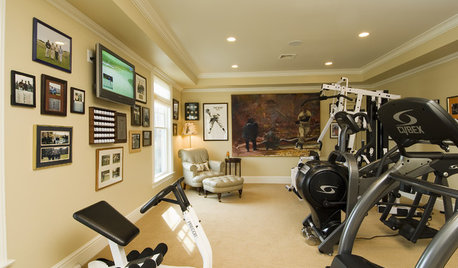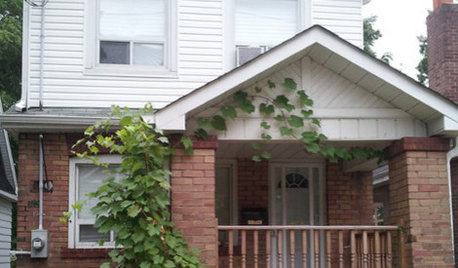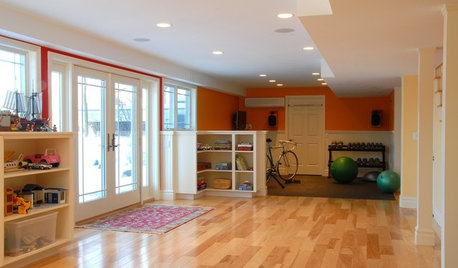should i get a heat pump?? need help asap
prinesurf
16 years ago
Related Stories

MORE ROOMSHip Home Gyms Get Hearts Pumping
Has your workout plan hit a plateau? Snap back into gear with these stylish home exercise rooms
Full Story
EXTERIORSHelp! What Color Should I Paint My House Exterior?
Real homeowners get real help in choosing paint palettes. Bonus: 3 tips for everyone on picking exterior colors
Full Story
FLOORSWhat to Ask When Considering Heated Floors
These questions can help you decide if radiant floor heating is right for you — and what your options are
Full Story
FEEL-GOOD HOMESimple Pleasures: Get Cozy on a Cold Day
Some things are best when the weather is bad. Heat up some cocoa and join the discussion
Full Story
ENTRYWAYSHelp! What Color Should I Paint My Front Door?
We come to the rescue of three Houzzers, offering color palette options for the front door, trim and siding
Full Story
FLOORSFloors Warm Up to Radiant Heat
Toasty toes and money saved are just two benefits of radiant heat under your concrete, wood or tile floors
Full Story
GREAT HOME PROJECTSHow to Add a Radiant Heat System
Enjoy comfy, consistent temperatures and maybe even energy savings with hydronic heating and cooling
Full Story
MORE ROOMS12 Colors to Pump Up Your Home Gym
Peeling gray walls not inspiring your workouts? Exercise your right to a motivating space with these stylish paint picks
Full Story
LIFEThe Polite House: How Can I Kindly Get Party Guests to Use Coasters?
Here’s how to handle the age-old entertaining conundrum to protect your furniture — and friendships
Full Story






garyg
garyg
Related Professionals
Hemet Solar Energy Systems · Lake Mary Solar Energy Systems · Mokena Solar Energy Systems · Norton Solar Energy Systems · Azalea Park Solar Energy Systems · Glendale Home Automation & Home Media · Hull Home Automation & Home Media · Massapequa Home Automation & Home Media · Philadelphia Home Automation & Home Media · San Fernando Home Automation & Home Media · Tacoma Home Automation & Home Media · West Chester Home Automation & Home Media · Silver Spring Home Automation & Home Media · Atlanta Fireplaces · Pine Bluff Fireplacesbaldloonie
bonanza_stu
prinesurfOriginal Author
garyg
baldloonie
ky114
tigerdunes
garyg
ky114
prinesurfOriginal Author
garyg
baldloonie